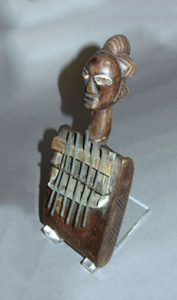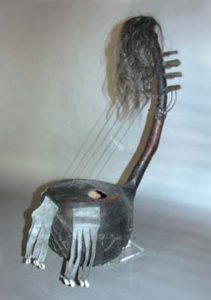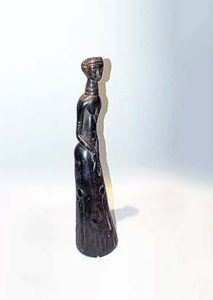Pende
Historically, the Pende originated in modern-day Angola, between the Atlantic Ocean and Cuanza River. They migrated in the 1600’s to the north into southwestern Democratic Republic of Congo, their present location, due to the development of the Kingdom of Lunda. Ethnically, only around 250,000 people consider themselves to be Pende. That is considerably less than that of neighboring tribes. Even so, the Pende are then divided into two separate cultural groups: The Eastern Pende and Western Pende. Although they are two distinct people, they consider themselves to be part of the same ethnic group.
The Pende are organized around extended family groups. Some areas do have chiefs, but they do not hold serious authority. Family plays a huge role in their culture in which they are a matrilineal society. Typically, the eldest maternal uncle takes the position of the head of the family.
Ancestor worship is significantly importance to the Pende people. Appeasing the ancestors (mvumbi), is accomplished through rituals and offerings, usually provided by the head of the family. Numerous types of masks associated with education and initiation rituals is found among the Pende. In the northwest part of the territory wooden figures are sculpted. Carved stools, staffs, chairs, and swords are used by chiefs and other important people to signify their power
Sources: Baquart, Jean-Baptiste. The Tribal Arts of Africa. New York: Thames and Hudson Inc.
Pende – Art & Life in Africa – The University of Iowa Stanley Museum of Art (uiowa.edu)



